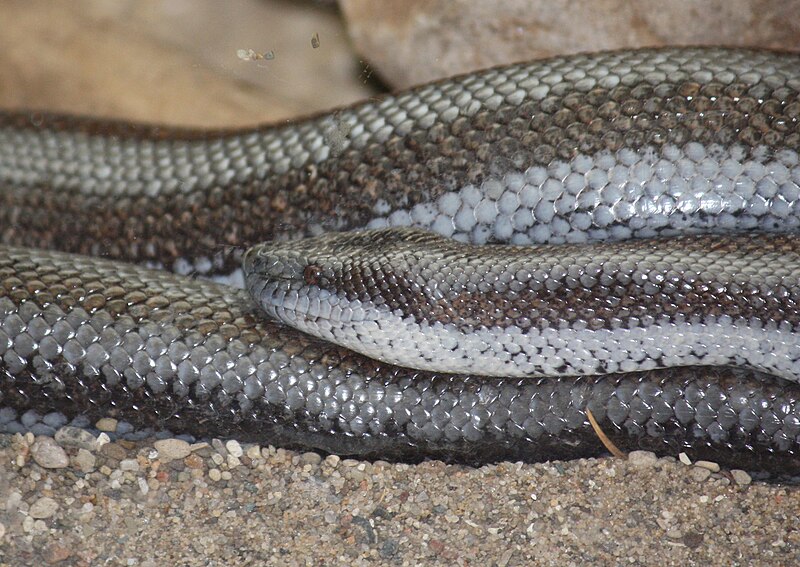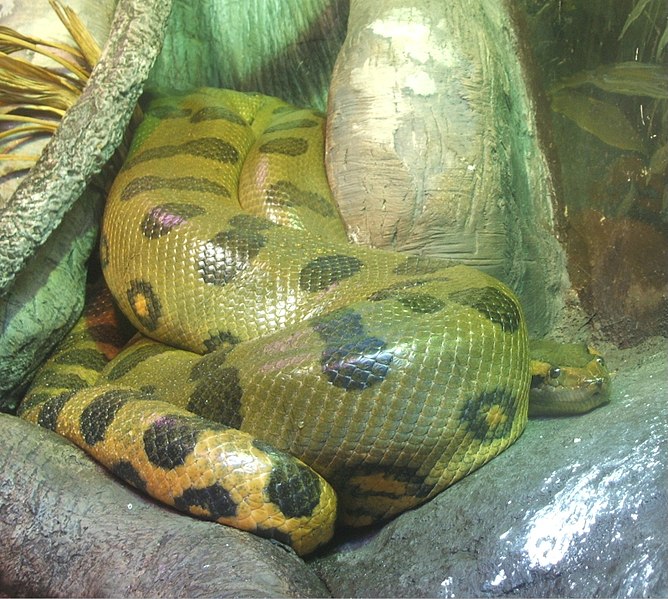
Wanted: 30 Foot-Long-Snake
In 1910, Theodore Roosevelt, long involved with the Bronx Zoo, offered a reward to the first person who presented a snake of 30 feet in length; in time the reward grew to $50,000. In 1992, I and other Bronx Zoo staff heard rumors that a giant Reticulated Python that had been captured in Borneo. We did not get overly-excited… being well-seasoned, I automatically deducted 25-50% from the size of any “biggest snake-turtle-croc” stories that came my way. But then grainy photos arrived by mail, and the snake depicted was, if not the largest I’d seen, impressive. Whether by design or bad luck, the photos did not allow us to accurately gauge the animal’s length. Read More »
 That Reptile Blog – Reptile, Amphibian and Exotic Pet Care and Information
That Reptile Blog – Reptile, Amphibian and Exotic Pet Care and Information



